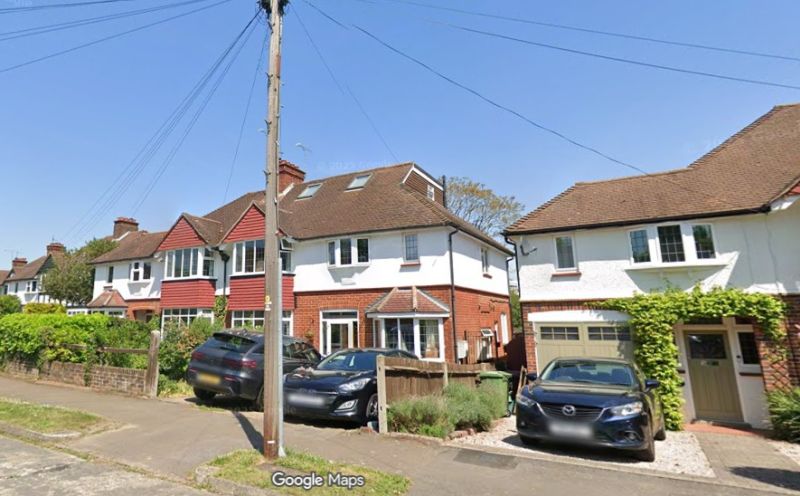Epsom historian and the Frenchman who trained the British armies that defeated Napoleon
The Royal Military Academy Sandhurst has seen a lot of famous faces over the years. Several members of the Royal Family have attended the Academy. Sir Winston Churchill graduated in 1894, Field Marshal Montgomery in 1908. The Academy is so respected that many countries send their military personnel there for training, making it one of the top military schools in the world.
But, how much do we really know about the origins of Sandhurst?
Local author and historian Paul Le Messurier has been a resident of Epsom for several years now. His latest book, Founder of Sandhurst, Maj-Gen John Le Marchant, tells the remarkable story of the British cavalry officer who started what has now become one of this country’s great institutions.
John Gaspard Le Marchant (1766-1812) was a French-born British cavalry officer who rose to prominence despite starting from humble beginnings. The son of a Guernsey father and a French mother, he joined the British Army at just 16. Through sheer skill and determination, he rose to become one of the most distinguished cavalry officers of his generation.
Le Marchant’s first taste of active service came during the French Revolutionary Wars, where he served as a captain in a cavalry unit during the ill-fated Flanders campaign. A skilled swordsman, it was here that he noticed that the British Army’s sword training was seriously lacking. Determined to make a difference, he designed a new cavalry sabre, wrote manuals on swordsmanship, and took it upon himself to train cavalrymen across the country.
Even then, he was still not satisfied and set his sights on an even grander and more ambitious attempt at reform: improving the overall standard and education of army officers.
Le Marchant’s idea for a military academy to professionally train army officers met with some initial resistance, but he eventually won royal and political backing. In 1801, Parliament approved his plans and allocated a budget of £30,000. The Royal Military College was established by Royal Warrant, initially based in High Wycombe and Marlow, with Le Marchant serving as its first Lieutenant-Governor. The college would later move to its prestigious location at Sandhurst.
In 1811, Le Marchant joined the Duke of Wellington’s army in the Peninsular War against Napoleon’s forces, taking command of a Heavy Cavalry brigade. He distinguished himself at the Battle of Salamanca, where he led one of the most successful cavalry charges of the campaign. Sadly, Le Marchant was killed in action during the battle at the age of 46. A memorial was erected in his honour at St. Paul’s Cathedral.
The Royal Military Academy’s motto today is ‘Serve to Lead,’ and that is exactly what Le Marchant did – both with the ground-breaking reforms he introduced and his bold leadership on the battlefield. Despite his many achievements, Le Marchant remains relatively unknown today. Paul Le Messurier’s engaging book seeks to change that, shedding light on the powerful and lasting impact Le Marchant had on the British Army.
Royal Military Academy photo: Antony McCallum – https://www.wyrdlight.com














